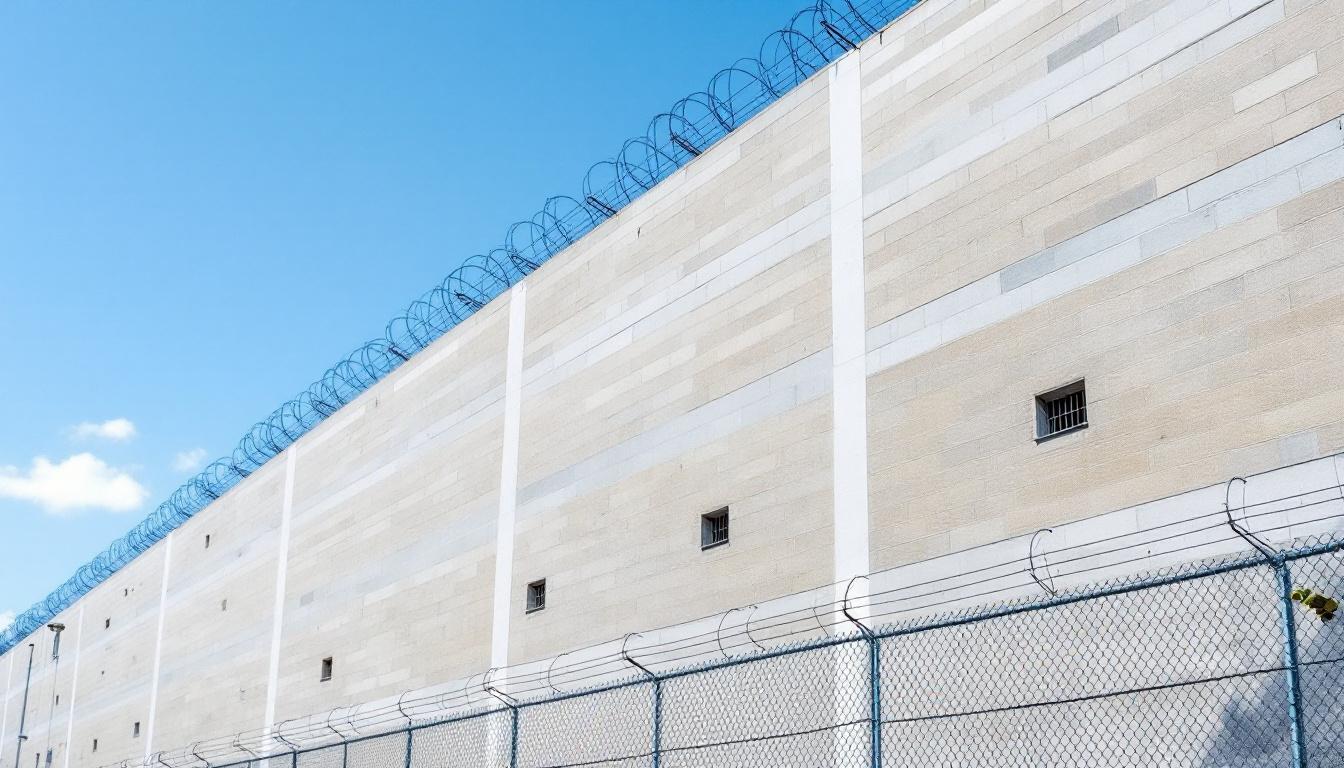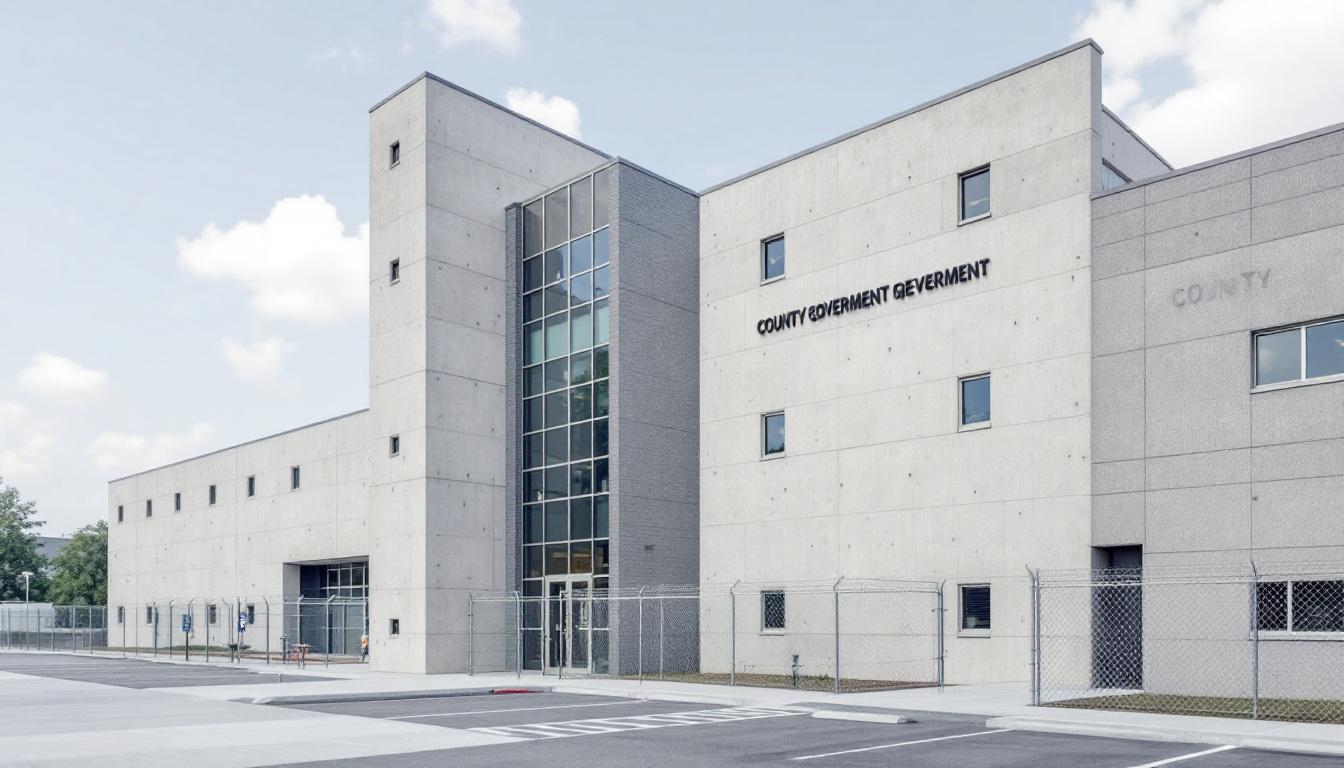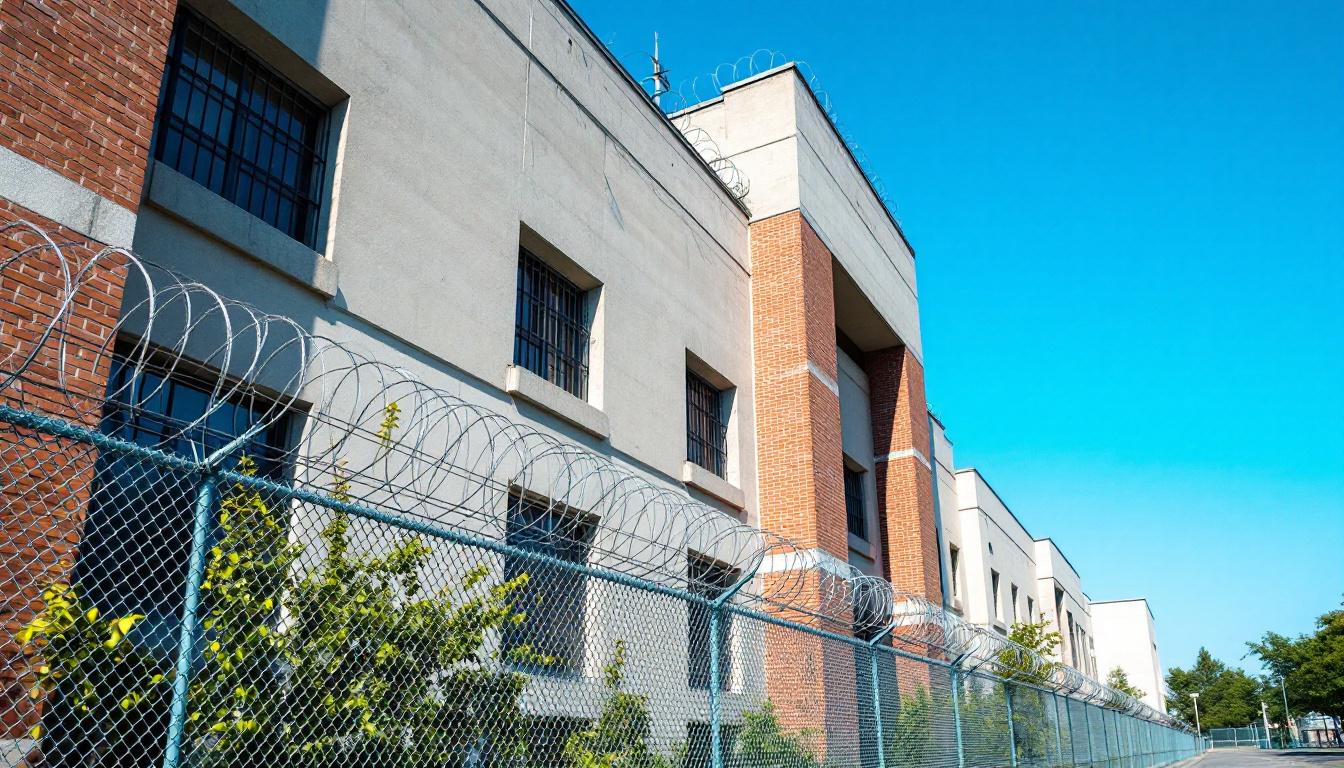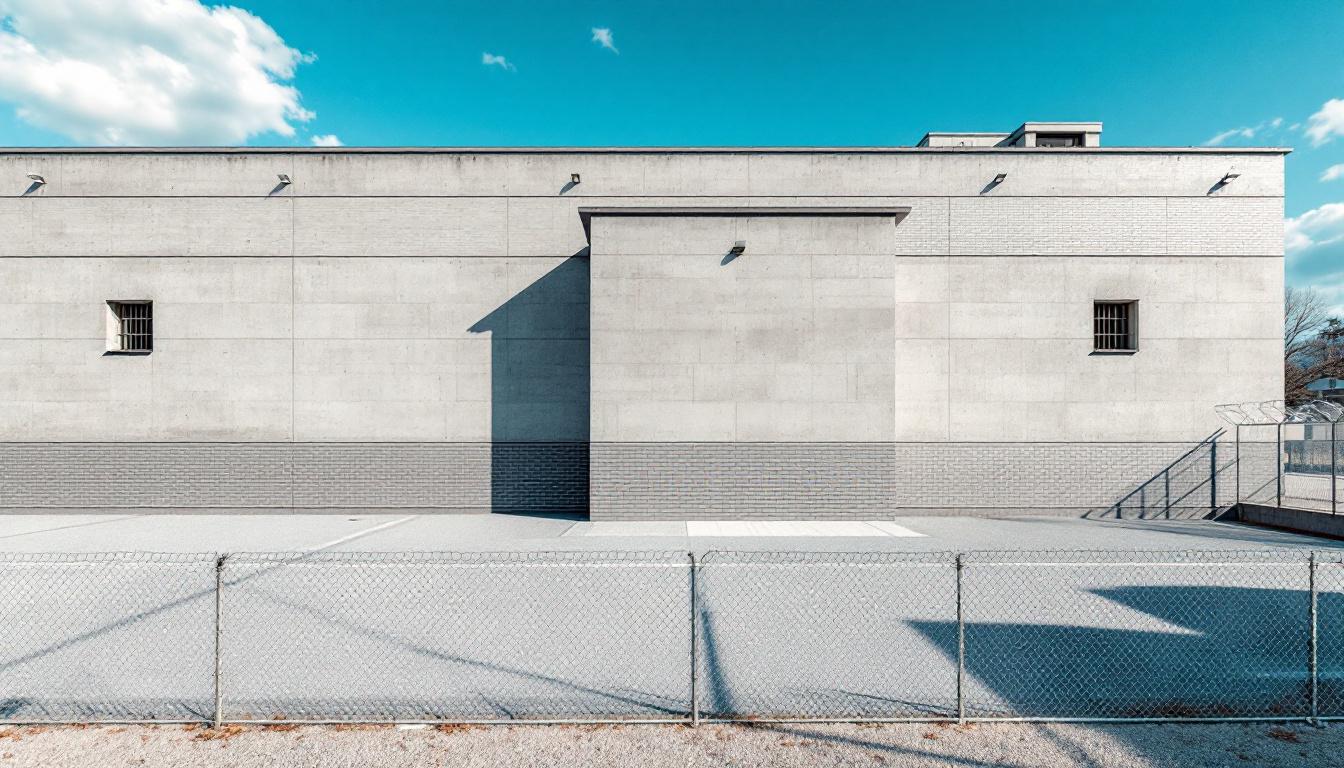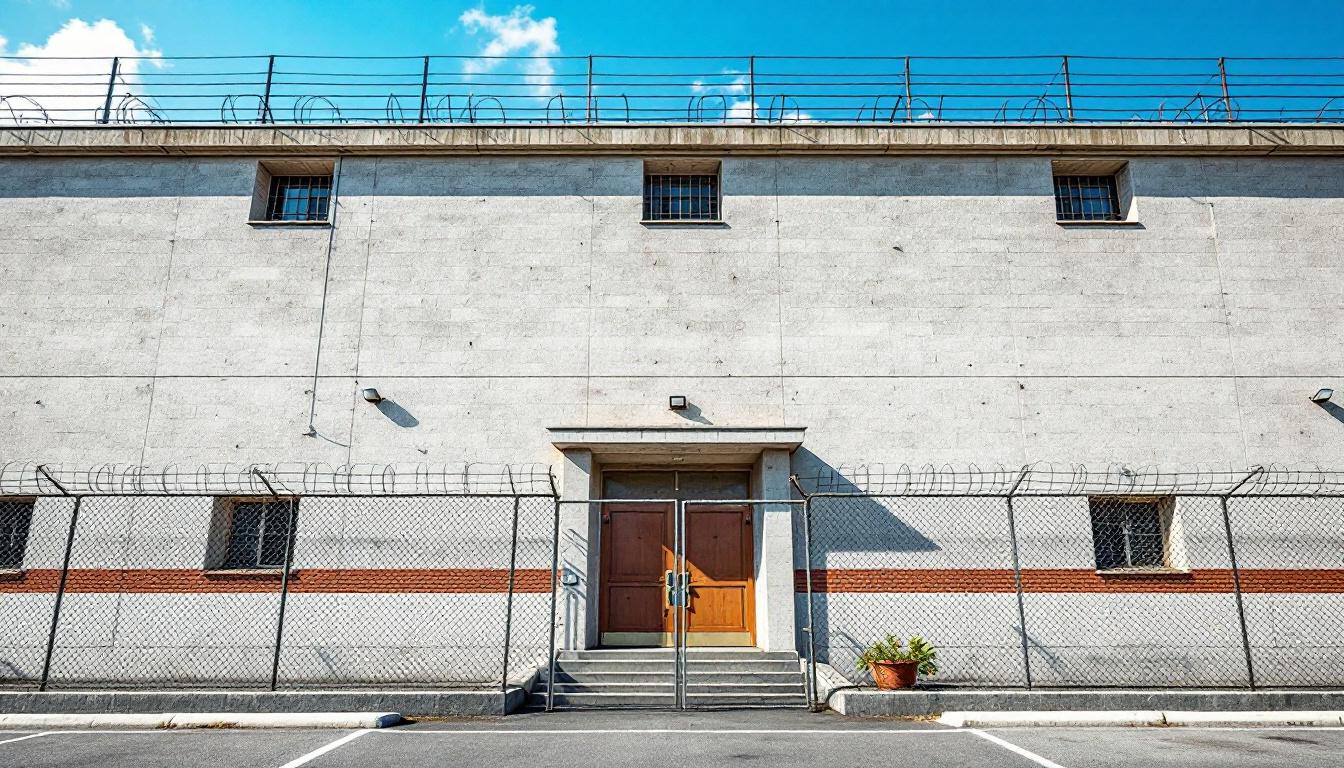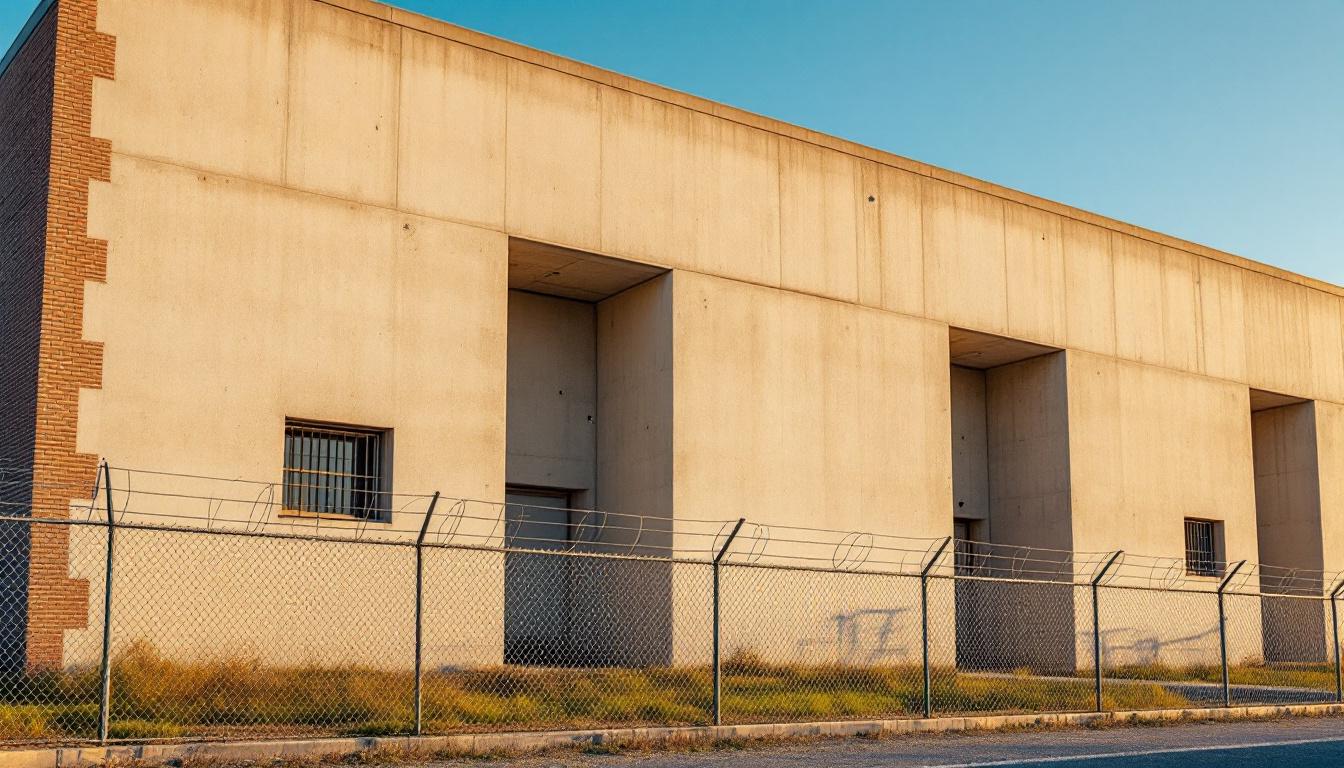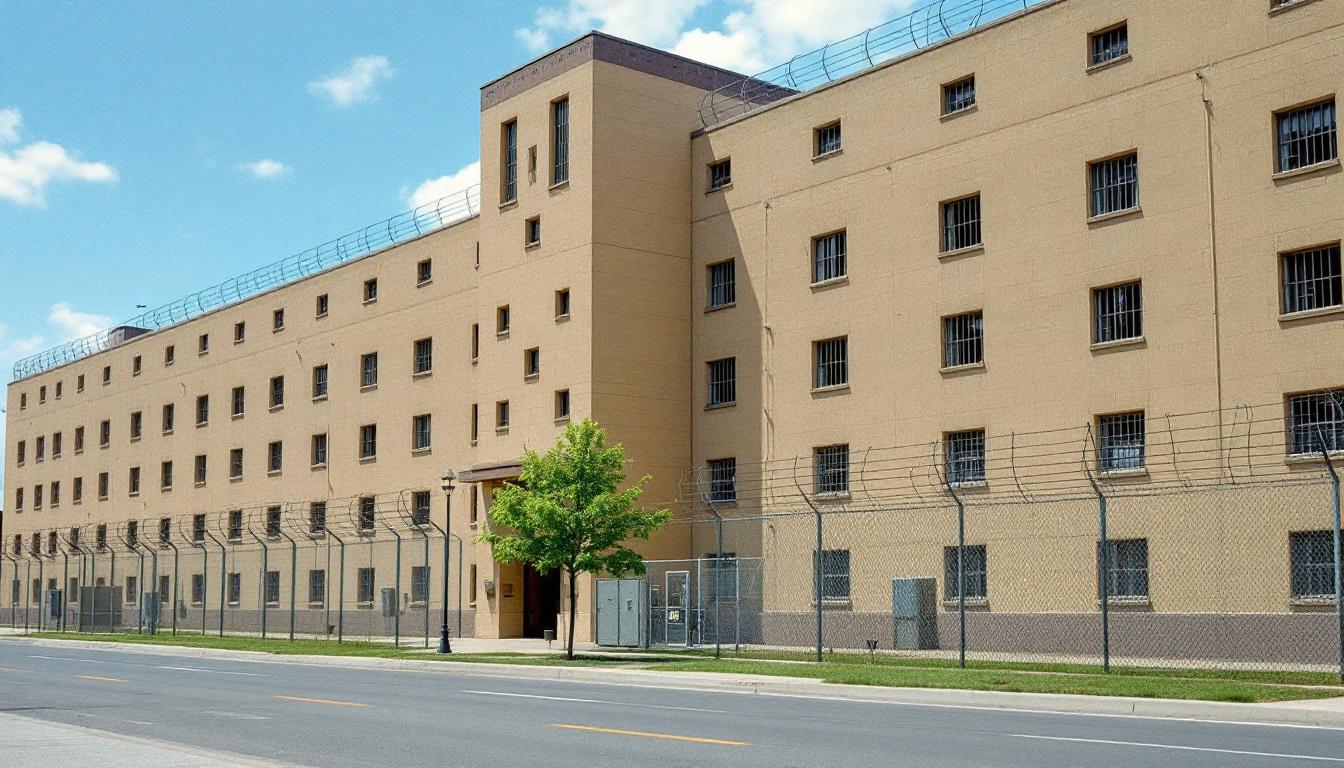
Quick Navigation
How to contact an inmate at Galveston County Jail
This comprehensive guide will walk you through how to connect with an inmate at Galveston County Jail. Follow the steps below to find an inmate and send letters and photos:
- Search for the inmate using our search tool below
- Create your account or log in to Penmate
- Write your message (up to 6,000 characters)
- Send instantly - inmates receive printed copies daily
Find an Inmate
Search for an inmate to start communicating today
Tip: You can search by first name, last name, or inmate ID number
To contact a person at Galveston County Jail start by searching for the person on the official facility website. Perform a search by following these steps:
- Step 1: Enter their first name and last name into the search form and click "Search"
- Step 2: Locate their inmate record
- Step 3: Write down their Inmate ID and any housing information provided
Important! Be sure to enter the person's full name. Nicknames should not be used.
How to Send Messages to Inmates

You can use your phone or computer to send emails, letters, and photos to an inmate. Messages are sent electronically to inmate tablets or kiosks at the facility. If you would like to send a message, start by searching for an inmate at Galveston County Jail.
Sending Photos and Postcards

A great way to send love and support to a loved one at Galveston County Jail is to send photos and postcards. It only takes a few minutes to send photos from your phone and it makes a huge difference. You can also mail postcards with words of support and inspiration, or design your own postcard for special moments like birthdays and holidays.
Important! Be sure not to send any explicit photos or they may not be approved by the facility. You can also use a photo printing app like Penmate to make sure your photos are printed at the correct size (4x6 or 3x5) and are mailed according to the rules and regulations of Galveston County Jail.
Frequently asked questions about Galveston County Jail
-
How long does it take to deliver a message?
If you're sending an email message your letter is usually delivered within 24-48 hours. For messages sent via mail you should expect delivery within 3-7 days. All messages will need be approved by Galveston County Jail.
-
How much does it cost to send a message to Galveston County Jail?
You can send a message free using your phone or mail a message via USPS for the price of a $0.60 stamp and envelope. You can also purchase credits or e-stamps from services starting at $1.99.
-
What services can I use to contact an inmate at Galveston County Jail?
Penmate
You can use Penmate to send letters and photos to an inmate from your phone. It's an easy way to stay in touch during your loved one's incarceration. Use the inmate locator to find an inmate's location and contact information, then you can send messages within a few minutes.
Securus messaging
Securus may be another option for communicating with an inmate at Galveston County Jail. You can create a friends and family account and purchase credits to send messages. All messages will be reviewed and must be approved by the facility.
JPay
Some county jails and state prisons may support sending messages with JPay. You must register an account with the system, find your loved one, and purchase stamps to send messages. For some locations you can also attach photos.
Smart Jail Mail
You may also check if Smart Jail Mail is available at Galveston County Jail. Smart Jail Mail is operated by Smart Communications and has contracted with some state and county jails. After purchasing credits, your messages and photos are sent to the facility, printed out, and then handed out to your loved one.
-
What is the mailing address of Galveston County Jail?
Mailing address:
Galveston County Jail
5700 Ball St
Galveston, TX 77551
Phone: (409) 766-2315Business hours:
- Monday: Open 24 hours
- Tuesday: Open 24 hours
- Wednesday: Open 24 hours
- Thursday: Open 24 hours
- Friday: Open 24 hours
- Saturday: Open 24 hours
- Sunday: Open 24 hours
-
What are the visiting hours at Galveston County Jail?
Visiting hours at Galveston County Jail vary by housing unit and security level. Generally, visits are scheduled on weekends and holidays, with some facilities offering weekday visits. Contact the facility directly at (409) 766-2315 or check their website for the current visiting schedule. Visits typically last 30-60 minutes and must be scheduled in advance.
-
What items are prohibited when sending mail to Galveston County Jail?
Prohibited items typically include: cash, personal checks, stamps, stickers, glitter, glue, tape, staples, paperclips, polaroid photos, musical or blank greeting cards, hardcover books, magazines with staples, and any items containing metal or electronics. Only send letters on plain white paper with blue or black ink. Photos must be printed on regular photo paper (no Polaroids). Always check with Galveston County Jail for their specific mail policies.
-
How do I send money to an inmate at Galveston County Jail?
You can send money to an inmate at Galveston County Jail through several methods: 1) Online using JPay, Access Corrections, or the facility's approved vendor, 2) Money orders mailed directly to the facility with the inmate's name and ID number, 3) Kiosks located in the facility lobby, or 4) Over the phone using a credit or debit card. Fees vary by method, typically ranging from $2.95 to $11.95 per transaction.
-
Can I schedule a video visit with an inmate at Galveston County Jail?
Many facilities now offer video visitation as an alternative to in-person visits. At Galveston County Jail, video visits may be available through services like Penmate, Securus Video Connect, GTL, or ICSolutions. Video visits typically cost $10-20 for 20-30 minutes and must be scheduled in advance. You'll need a computer or smartphone with a camera and reliable internet connection. Contact the facility for their specific video visitation policies and approved vendors.
-
What identification do I need to visit an inmate at Galveston County Jail?
All visitors must present valid government-issued photo identification such as a driver's license, state ID, passport, or military ID. Minors must be accompanied by a parent or legal guardian who can provide the minor's birth certificate. Some facilities require visitors to be on the inmate's approved visitation list, which may require a background check. Contact Galveston County Jail for specific ID requirements and visitor approval procedures.
-
How can I find out an inmate's release date?
To find an inmate's release date at Galveston County Jail, you can: 1) Use the online inmate search tool if available, 2) Call the facility's records department, 3) Contact the inmate's case manager or counselor, or 4) Have the inmate provide this information during a call or visit. For privacy reasons, some facilities only release this information to immediate family members.
Facility Overview
Official Website

About Galveston County Jail
County jails across Texas serve as crucial components of the state’s criminal justice infrastructure, and Galveston County Jail, TX exemplifies this essential role while operating within the Phoenix community. This TX correctional facility maintains a dual focus that balances secure detention with meaningful opportunities for personal growth and community reintegration. Located in Phoenix, the facility typically serves individuals awaiting trial, those serving shorter sentences, and residents transitioning between different phases of the judicial process.
The operational philosophy at this county jail generally emphasizes both public safety and the potential for positive change among those in custody. Staff members often work to create an environment where security protocols align with rehabilitation-focused programming, recognizing that many individuals will eventually return to their Phoenix-area communities. The population services may include educational opportunities, substance abuse counseling, and job readiness training designed to address underlying factors that contribute to criminal behavior. These programs typically aim to equip participants with practical skills and coping strategies that support successful reintegration into society.
Within Texas’s broader correctional landscape, county facilities like this one often serve as vital bridges between arrest and either release or transfer to state-level institutions. The facility’s approach generally recognizes the diverse needs of its population, which may include established-time offenders, individuals struggling with addiction, and those facing various personal challenges. Through structured daily routines, access to legal resources, and connections to community support services, the jail typically works to ensure that each person’s time in custody contributes meaningfully to their long-term stability and success upon release.
Programs & Services
Through comprehensive support services designed to address the multifaceted needs of individuals within the correctional system, Galveston County Jail typically emphasizes rehabilitation and community reintegration as fundamental components of its programming approach. The facility often recognizes that meaningful change occurs when the population receives targeted assistance that addresses both immediate needs and long-term goals, fostering an environment where personal growth and skill development can flourish alongside accountability and responsibility.
Educational and vocational initiatives may supply the population with practical skills essential for successful community reentry. Vocational training programs often focus on developing marketable competencies that align with local employment opportunities, while work programs typically provide hands-on experience in various fields including masonry and other trade-related disciplines. These structured learning environments frequently emphasize both technical proficiency and workplace readiness, preparing participants to contribute meaningfully to their communities upon release.
Support services often encompass a broad spectrum of therapeutic and community-oriented programs designed to address underlying issues and strengthen personal foundations. Faith-based initiatives may offer spiritual guidance and moral support, while religious services typically provide regular opportunities for worship and reflection. Also, community service programs often enable the population to give back to the broader community while developing a sense of civic responsibility and personal worth, creating connections that may prove invaluable during the transition back to community life.
Daily Life & Visitation
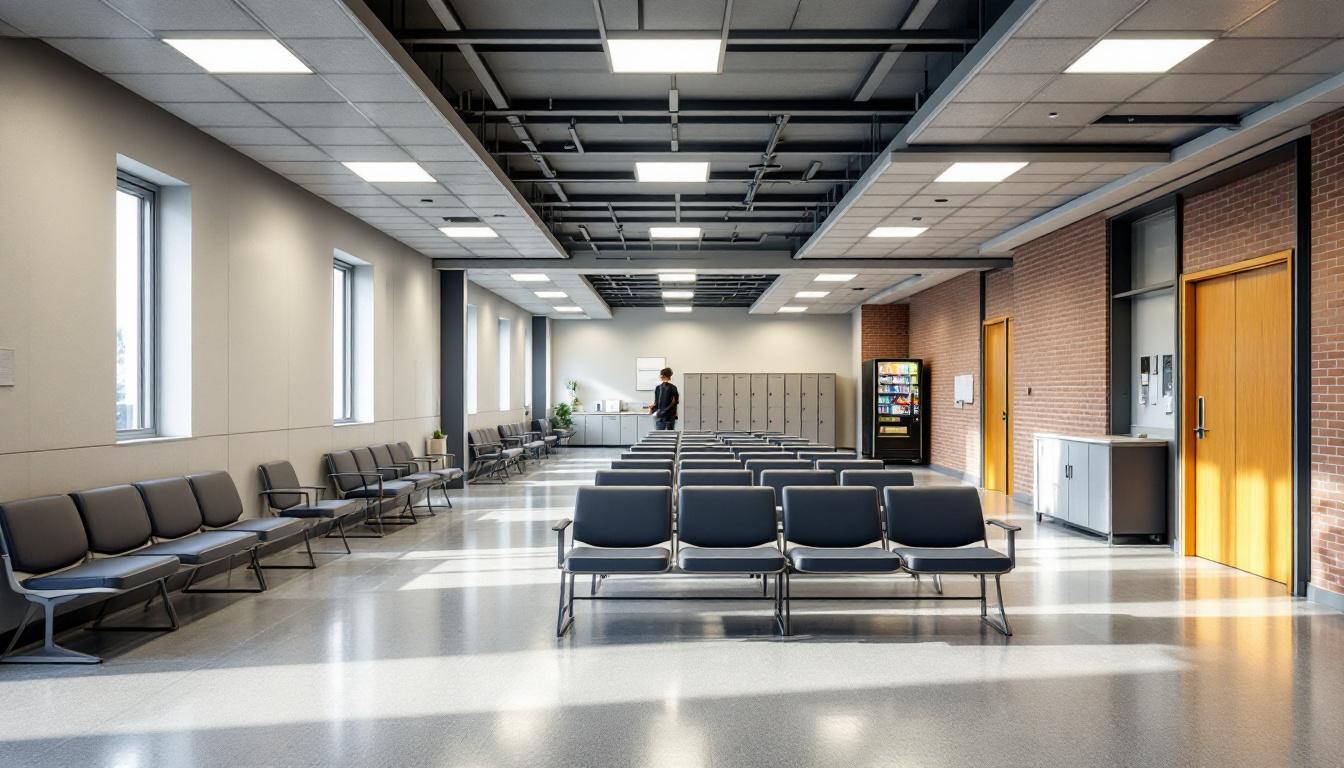
Structured protocols and carefully coordinated schedules form the backbone of daily operations, ensuring that each member of the population follows a predictable routine that maintains order throughout the facility. Today’s activities consistently begin with early morning counts and meal service, followed by housing unit assignments that may include work details, educational programming, or recreational periods. The population typically moves through their day according to predetermined schedules that supply both structure and security, with staff coordinating transitions between different areas of the facility to maintain smooth operations.
Living accommodations generally consist of shared housing units where the population resides in dormitory-style settings or smaller cells, depending on classification levels and available space. Also important to daily life are the dining arrangements, which typically involve scheduled meal times in designated areas where the population receives three meals per day prepared by facility staff and sometimes assisted by work detail assignments. However, personal property allowances are usually limited to essential items, though commissary services may offer additional food items and personal care products for purchase.
Programs and activities supply meaningful structure to daily routines, often including educational classes, vocational training opportunities, and recreational periods that may feature outdoor exercise time or indoor activities depending on facility resources and security considerations. Also significant are the communication options available to help maintain family connections, which typically include scheduled visitation periods and telephone access during designated hours. However, all contact with the outside world generally operates under specific guidelines and monitoring procedures designed to maintain facility security while supporting the population’s need for family support and legal communication.
Ready to Connect?
Start communicating with your loved one today
Search for an Inmate
